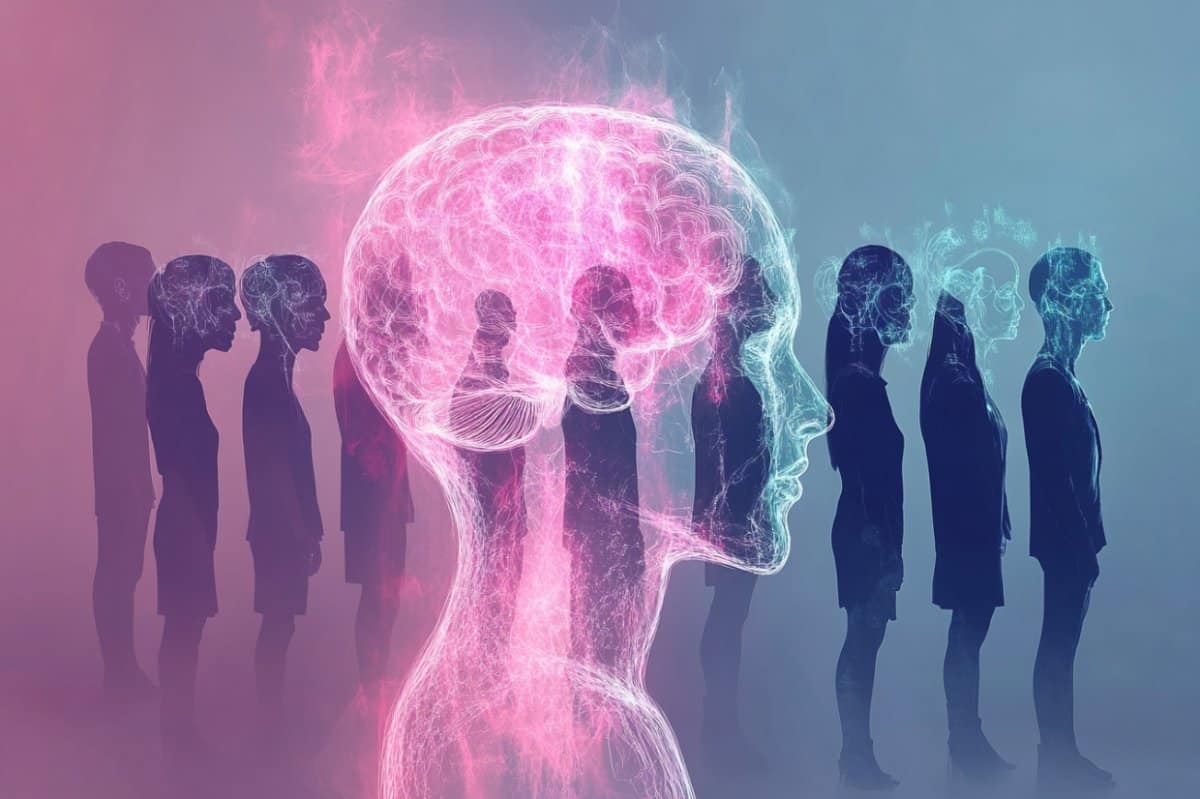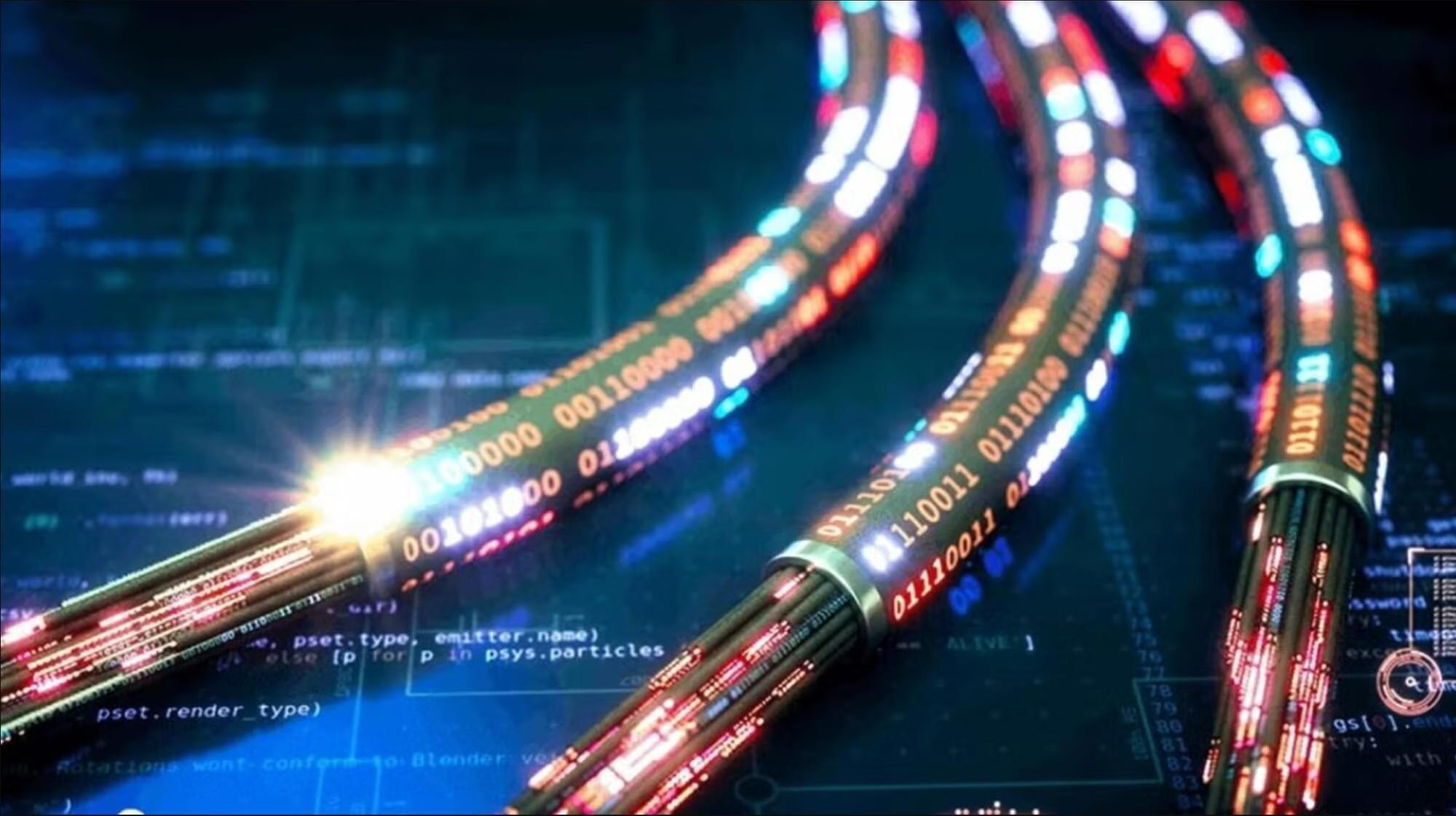Construction of what would be the world’s longest suspension bridge is scheduled to begin this year, according to the Italian government.
The bridge between the island of Sicily and the Italian mainland would cross over the Strait of Messina, a distance of 3,300 meters, though the construction has to grapple with tectonic activity that could cause earthquakes.









